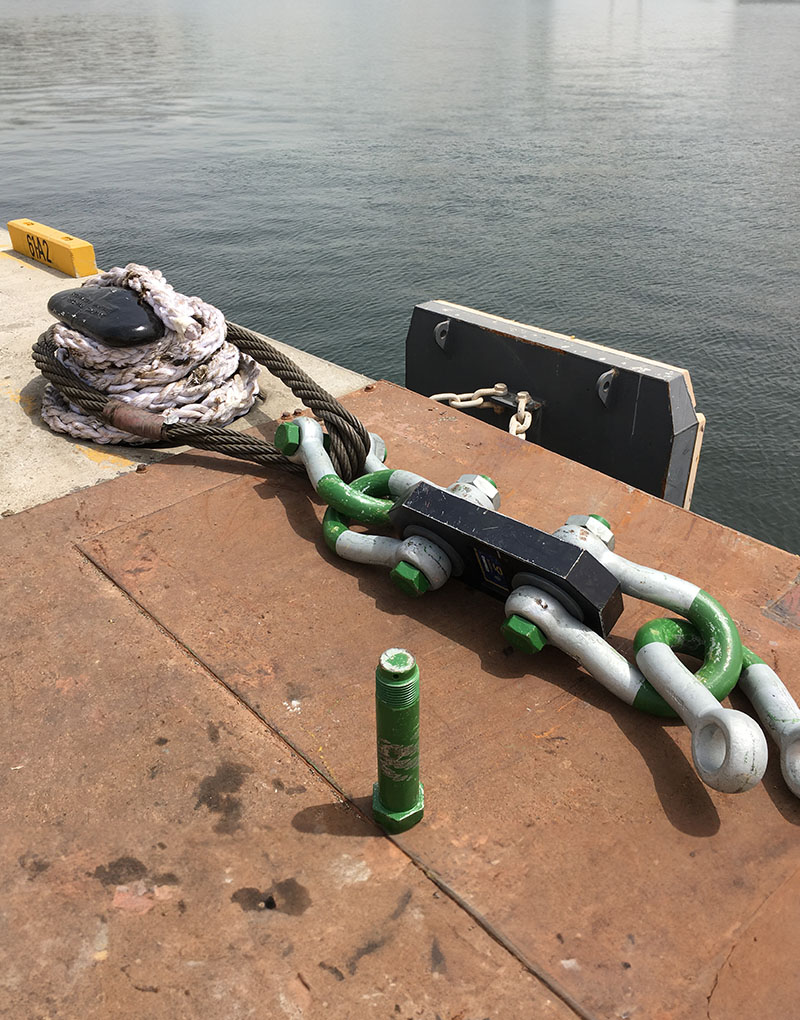Bollard Pull Trials

The new standard
The bollard pull certificate is key in tugboat sales, delivery and use. Despite the long history of tugs, there has been a lack of standardized bollard pull trial procedures, leading to significant variations in execution, definition, and conditions among different entities like classification societies, shipyards, operators, and propulsion manufacturers.
To address this, MARIN initiated the Joint Industry Project (JIP) “Bollard Pull” in 2015, with support from 31 international maritime businesses. The project aims to establish a transparent and reliable industry standard for bollard pull trials. Through model tests, computational fluid dynamics (CFD), hydrodynamic calculations, and full-scale validation campaigns on various ship types, the JIP created a unified guideline, available for download here:
Why and how we do it
JMC performs bollard pull trials to:
- Obtain a bollard pull certificate for tugs, offshore supply vessels, etc.
- To investigate Dynamic Positioning capabilities.
- To verify the performance of thrusters after modifications/overhaul.
We perform Bollard pull trials by measuring and presenting the following parameters synchronously onboard:
- Line pull
- Propeller shaft torque, RPM, power
- Ship position, course and (sway) speed
We know how to obtain the optimal bollard pull performance on your vessel. Together with synchronous measurements of propulsion power and line pull we are able to get the best performance out of your vessel. A real-time graph of the line pull, sway speed and shaft power, gives direct insight in how well the bollard pull trial is conducted and how performance can be improved.
